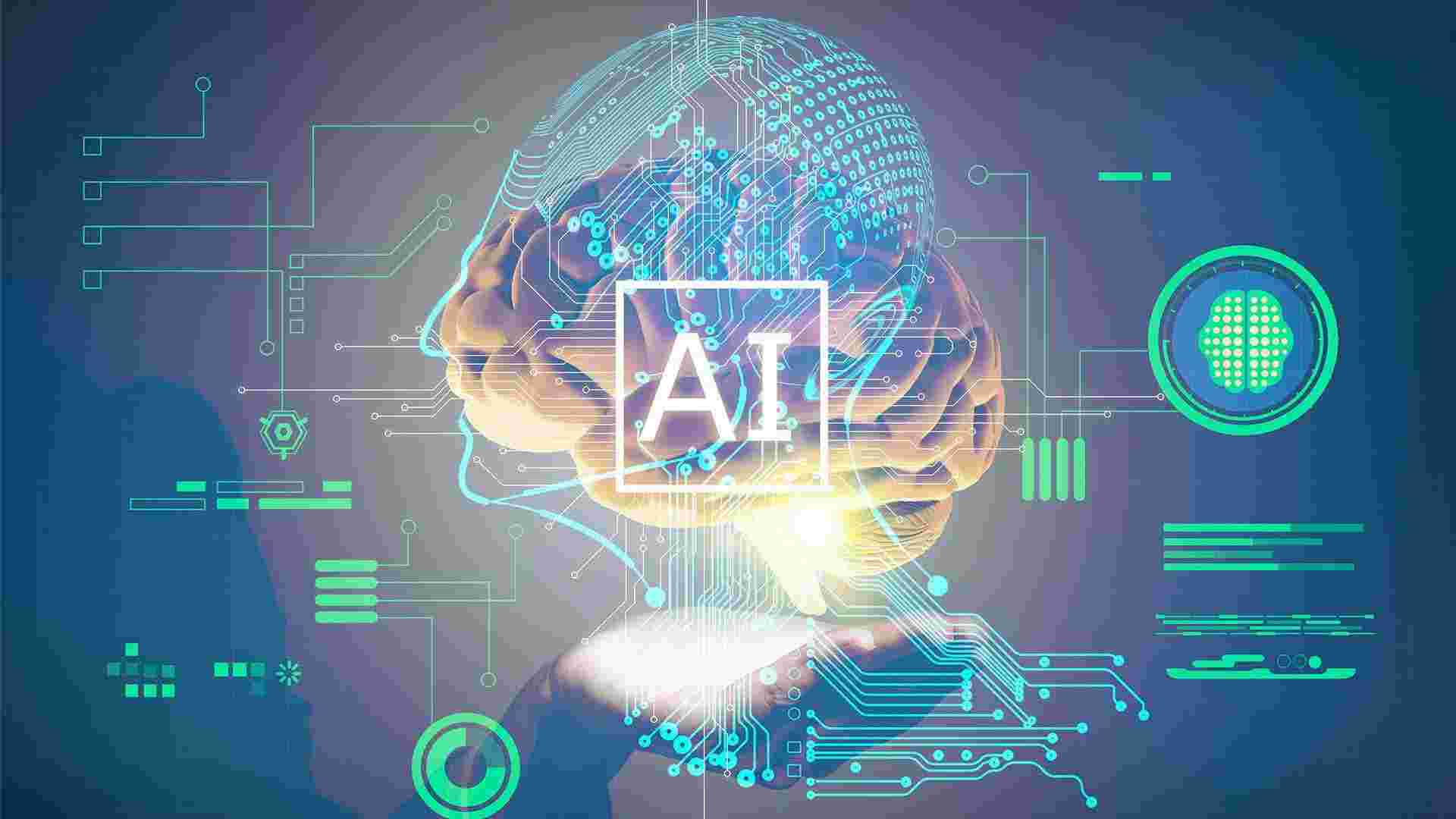The traditional drug discovery pipeline, often taking over a decade and costing billions per approved therapy, is buckling under its own weight. This inefficiency has created an urgent need for a new approach, and the industry has found its answer in artificial intelligence. AI is being deployed as a powerful force multiplier, capable of turning the vast and growing mountains of biological data into actionable insights. This is not merely an IT upgrade; it is a comprehensive re-engineering of the scientific method itself, leveraging algorithms to hypothesize, experiment, and analyze at a scale and speed impossible for humans alone.
This strategic pivot towards AI-driven research is fueling an investment boom. According to Straits Research, the global artificial intelligence in life sciences landscape was valued at USD 3.52 billion in 2024 and is projected to grow from USD 4.54 billion in 2025 to reach USD 35.33 billion by 2033, growing at a CAGR of 29.23% during the forecast period (2025–2033). This staggering growth rate underscores the industry's conviction that AI is the key to unlocking productivity and delivering on the promise of precision medicine.
Global Competitors and Country-Wise Initiatives
The race is global, with different regions leveraging unique strengths, from Silicon Valley's tech culture to China's vast datasets.
-
Schrödinger (USA): A long-standing player in computational chemistry, Schrödinger's physics-based platform is now supercharged with machine learning. It provides software and services to drug hunters worldwide and has also advanced its own pipeline of drug candidates. Its recent collaborations with large pharma firms highlight the demand for its sophisticated molecular simulation capabilities.
-
Exscientia (UK): A European champion, Exscientia uses its AI-driven platform to design precision-engineered medicines. It recently achieved a key milestone with the initiation of Phase I trials for its first AI-designed cancer drug, developed in partnership with Sanofi. The UK's strong academic research in biology and AI has fostered a thriving ecosystem for such companies.
-
Owkin (France/USA): Owkin has a unique focus on federated learning. Instead of centralizing sensitive patient data from hospitals, its AI models are sent to the data sources (e.g., cancer research centers), trained locally, and only the insights are shared. This privacy-preserving approach has secured it partnerships with major academic medical centers and pharma companies.
-
China: China is emerging as a major force, driven by government support, significant investment, and access to massive, centralized healthcare datasets. Companies are leveraging AI for everything from analyzing medical imaging to accelerating drug repurposing efforts for the domestic market.
-
Israel: The "Startup Nation" has a vibrant scene of AI-life science companies, often spinning out of top-tier technical universities and military intelligence units, focusing on areas like computational biology and AI for clinical trial matching.
Recent News and Catalysts
The sector has been energized by a wave of high-value partnerships and IPOs. The Recursion-Roche deal and Exscientia's public listing have validated the business model and provided AI-biotechs with the capital to pursue ambitious pipelines.
Furthermore, regulatory bodies like the FDA are adapting. They have begun to approve AI-powered diagnostic tools and are developing frameworks for evaluating AI-based clinical trial components, creating a clearer pathway for AI-driven innovations to reach patients.
Analysis: The Data and Collaboration Imperative
The success of AI in life sciences hinges on two factors: high-quality, curated data and interdisciplinary collaboration. The most successful players are those that can form "data partnerships" with healthcare providers, manage massive computational workloads, and foster teams where computer scientists work hand-in-hand with biologists and chemists. The winners will be defined by their ability to integrate seamlessly into the existing biopharma value chain while simultaneously disrupting it.
In summary, AI is addressing core inefficiencies in life sciences R&D, leading to a surge in investment and innovation. A global network of firms from the US, Europe, and Asia are competing and collaborating to build the next generation of AI-powered tools and therapies. This convergence of biology and computation is poised to redefine how we understand, treat, and prevent disease for generations to come.




